Polyethylene glycol derivatives
Polyethylene glycol is the high-molecular polymer mixture obtained from the intra-molecular dehydration and condensation of the glycol. Depending on the different sizes of the molecular weight, the physical form of polyethylene glycol can vary from white mucus (Mw: 200 ~ 700) to a waxy semi-solid (Mw 1000 ~ 2000), until a hard, waxy solid (Mw3000 ~ 20000). Polyethylene glycol is soluble in most organic solvents of high polarity, such as alcohols, alcohol-silicon mixture, glycols, esters, ketones, aromatic hydrocarbons and nitro alkanes. It is insoluble in aliphatic hydrocarbons, naphthenic and other low polarity organic solvent. The solubility of polyethylene glycol is related to the fraction of its molecular weight and temperature. Liquid polyethylene glycols can be miscible with water in any ratio while solid polyethylene glycols only have limited solubility. But even for the polyethylene glycol of the greatest relative molecular mass fraction, it still has water solubility being greater than 50%. Upon increased temperature, the water solubility of the solid polyethylene glycols sharply increases. If the temperature is high enough (e.g. PEG-6000, 60 ℃), all fractions of solid polyethylene glycol can be miscible with water in any proportion. But when the temperature continues to rise to close to the boiling point of water, even for more dilute solution, polyethylene glycol will be precipitated out with its precipitation temperature depending on the polymer molecular weight and concentration. When the polyethylene glycol is mixed with water, there is slight volume shrinkage and it is significantly exothermic. Furthermore, polyethylene glycol can also soluble in the monomer of the low-grade aldehydes, amines, organic acids, acid anhydrides, and polymers. But it is insoluble in compound such as rapeseed oil, mineral oil that containing long hydrocarbon chains.
Polyethylene glycol and polyethylene glycol fatty acid ester has a very wide application in the cosmetic industry and the pharmaceutical industry. Since polyethylene glycol also has many excellent properties such as being water-soluble, non-volatile, physiologically inert, mildness, lubricity, and can make the skin be moist, soft with pleasant post-usage feeling. You can select polyethylene glycol of different molecular weight fractions to change the viscosity, hygroscopicity and organic structure. Polyethylene glycol of low molecular weight (Mr <2000) is suitable for being used as wetting agent and consistency regulator that can be used in creams, lotions, toothpaste and shaving cream, etc., it can also be applied to non-washing hair care products that can given filamentous gloss to the hair. High-molecular weight polyethylene glycol (Mr> 2000) is suitable for being applied to lipstick, deodorant sticks, soap, shaving soap, foundation and cosmetics and so on. In cleaning solvents, polyethylene glycol is also used as suspending agents and thickening agents. In the pharmaceutical industry, it can be used as the matrix of ointments, creams, ointments, lotions and suppositories. The commercialized polyethylene glycol (such as Polyethylene Glycol NF, Dow chemical Co.) for food and drug is actually more suitable for being applied to cosmetic. The application of methoxy polyethylene glycol and polypropylene glycol is similar with that of polyethylene glycol.
In the supplement rules regarding to food additives documented in the US Federal Food, Drug and Cosmetic Act regulations, it has allowed for either directly or indirectly applying food chemicals pharmacopoeia grade polyethylene glycol as a food additive. In1985, FAO / WHO provided that the ADI value is 0 ~ 10mg / kg of body weight. GRAS: (FDA, §172.820, 1985). The acute oral toxicity (mice) has a LD50 of 33 ~ 35g / kg while the intraperitoneally toxicity gives a LD50 of 10 ~ 13g / kg. It does not irritate the eyes and will not cause skin irritation and allergies as well.
- Structure:
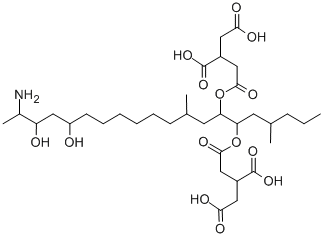
- Chemical Name:Fumonisin B2
- CAS:116355-84-1
- MF:C34H59NO14
- Structure:

- Chemical Name:Tetraethyleneglycol monododecyl ether
- CAS:5274-68-0
- MF:C20H42O5
- Structure:

- Chemical Name:Polyethylene glycol monolaurate
- CAS:9004-81-3
- MF:(C2H4O)nC12H24O2
- Structure:

- Chemical Name:Poly(ethylene glycol) dimethacrylate
- CAS:25852-47-5
- MF:(C2H4O)nC8H10O3
- Structure:

- Chemical Name:Polyethylene Glycol
- CAS:25322-68-3
- MF:(C2H4O)nH2O
- Structure:

- Chemical Name:Methoxypolyethylene glycols
- CAS:9004-74-4
- MF:(C2H4O)nCH4O
- Structure:

- Chemical Name:HEPTAETHYLENE GLYCOL MONODODECYL ETHER
- CAS:3055-97-8
- MF:C26H54O8
- Structure:
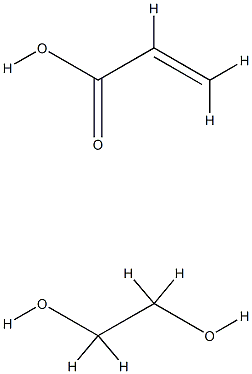
- Chemical Name:Poly(ethylene glycol) diacrylate
- CAS:26570-48-9
- MF:C5H10O4
- Structure:

- Chemical Name:Polyethylene glycol dimethyl ether
- CAS:24991-55-7
- MF:(C2H4O)nC2H6O
- Structure:

- Chemical Name:Hexaethylene Glycol Monomethyl Ether
- CAS:23601-40-3
- MF:C13H28O7
- Structure:
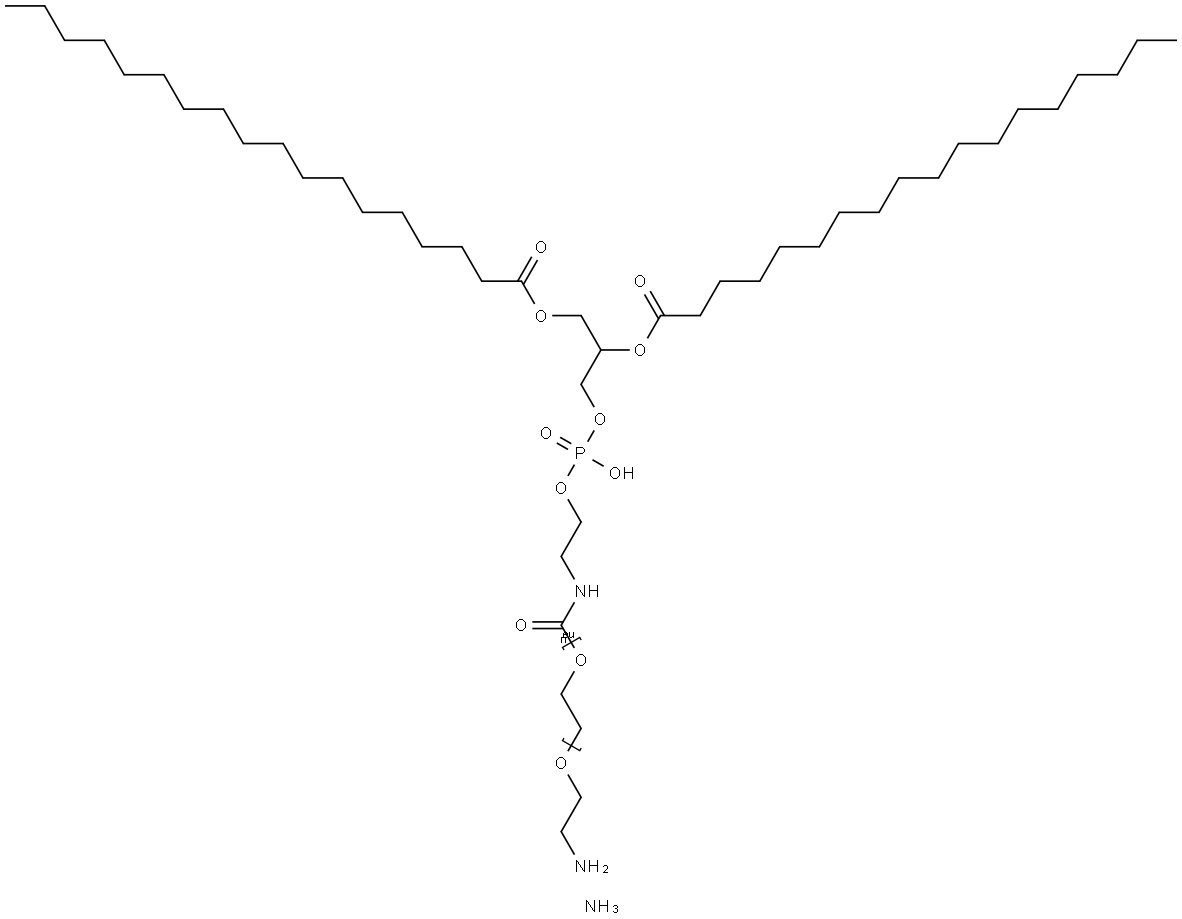
- Chemical Name:DSPE-PEG-NH2
- CAS:474922-26-4
- MF:(C2H4O)nC44H87N2O10P.H3N
- Chemical Name:CLS-PEG-Mal
- CAS:
- MF:
- Structure:

- Chemical Name:MPEG11-CH2CH2COOH
- CAS:2135793-73-4
- MF:C26H52O14
- Structure:

- Chemical Name:Bis-Propargyl-PEG13
- CAS:1351373-50-6
- MF:C30H54O13
- Chemical Name:mPEG-OPSS
- CAS:
- MF:
- Chemical Name:CLS-PEG-COOH
- CAS:
- MF:
- Chemical Name:DSPE-PEG-Rhodamine
- CAS:
- MF:
- Structure:

- Chemical Name:2-[2-[2-[2-(BENZYLOXY)ETHOXY]ETHOXY]ETHOXY]ETHANOL
- CAS:86259-87-2
- MF:C15H24O5
- Structure:

- Chemical Name:2-[2-[2-[2-[2-[2-(BENZYLOXY)ETHOXY]ETHOXY]ETHOXY]ETHOXY]ETHOXY]ETHANOL
- CAS:24342-68-5
- MF:C19H32O7
- Structure:
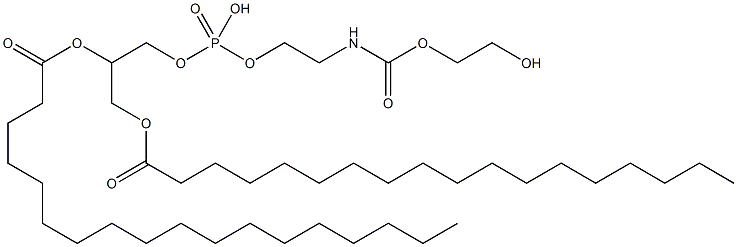
- Chemical Name:DSPE-PEG-OH
- CAS:892144-24-0
- MF:(C2H4O)nC42H82NO10P
- Chemical Name:mpeg-nhs
- CAS:
- MF:
- Chemical Name:COOH-PEG-SH
- CAS:
- MF:
- Chemical Name:Alkyl Ketene Dimer
- CAS:144245-85-2
- MF:
- Structure:

- Chemical Name:H2N-PEG2-tBu
- CAS:756525-95-8
- MF:C11H23NO4
- Chemical Name:mPEG-CHO
- CAS:
- MF:
- Structure:
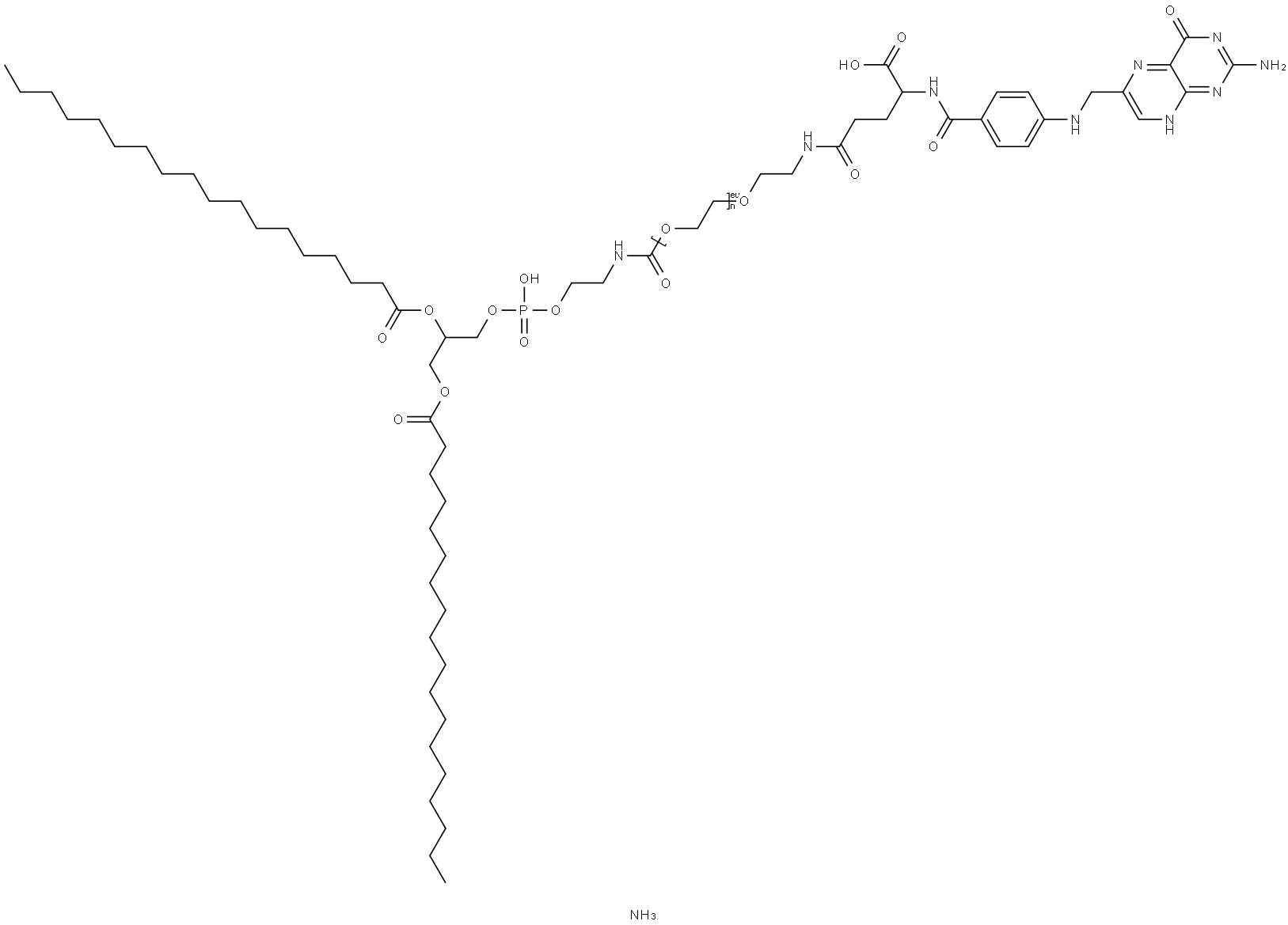
- Chemical Name:Folic acid PEG DSPE
- CAS:1236288-25-7
- MF:(C2H4O)nC63H104N9O15P.2H3N
- Structure:

- Chemical Name:DSPE-PEG-Mal
- CAS:474922-22-0
- MF:(C2H4O)nC51H92N3O13P.H3N
- Chemical Name:mPEG-COOH
- CAS:
- MF:
- Chemical Name:mPEG-PLGA
- CAS:
- MF:
- Chemical Name:CLS-PEG-Biotin
- CAS:
- MF:
- Structure:
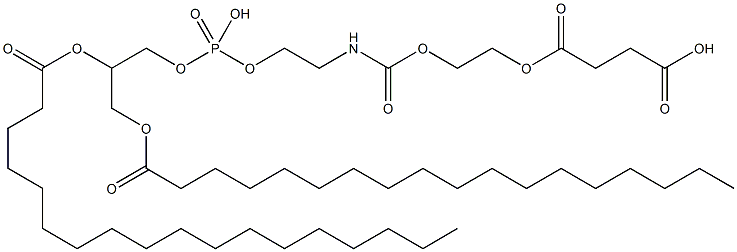
- Chemical Name:DSPE-PEG-COOH
- CAS:
- MF:C48H90NO14P
- Chemical Name:PLGA-COOH
- CAS:
- MF:
- Structure:

- Chemical Name:m-PEG9-COOH
- CAS:2576495-35-5
- MF:C20H40O11
- Structure:

- Chemical Name:3,6,9,12,15,18,21,24-Octaoxapentacosan-1-amine
- CAS:869718-81-0
- MF:C17H37NO8
- Structure:

- Chemical Name:2,5,8,11,14,17,20-Heptaoxadocosan-22-amine
- CAS:170572-38-0
- MF:C15H33NO7
- Structure:

- Chemical Name:MPEG11-NHS
- CAS:756525-94-7
- MF:C30H55NO16
- Structure:
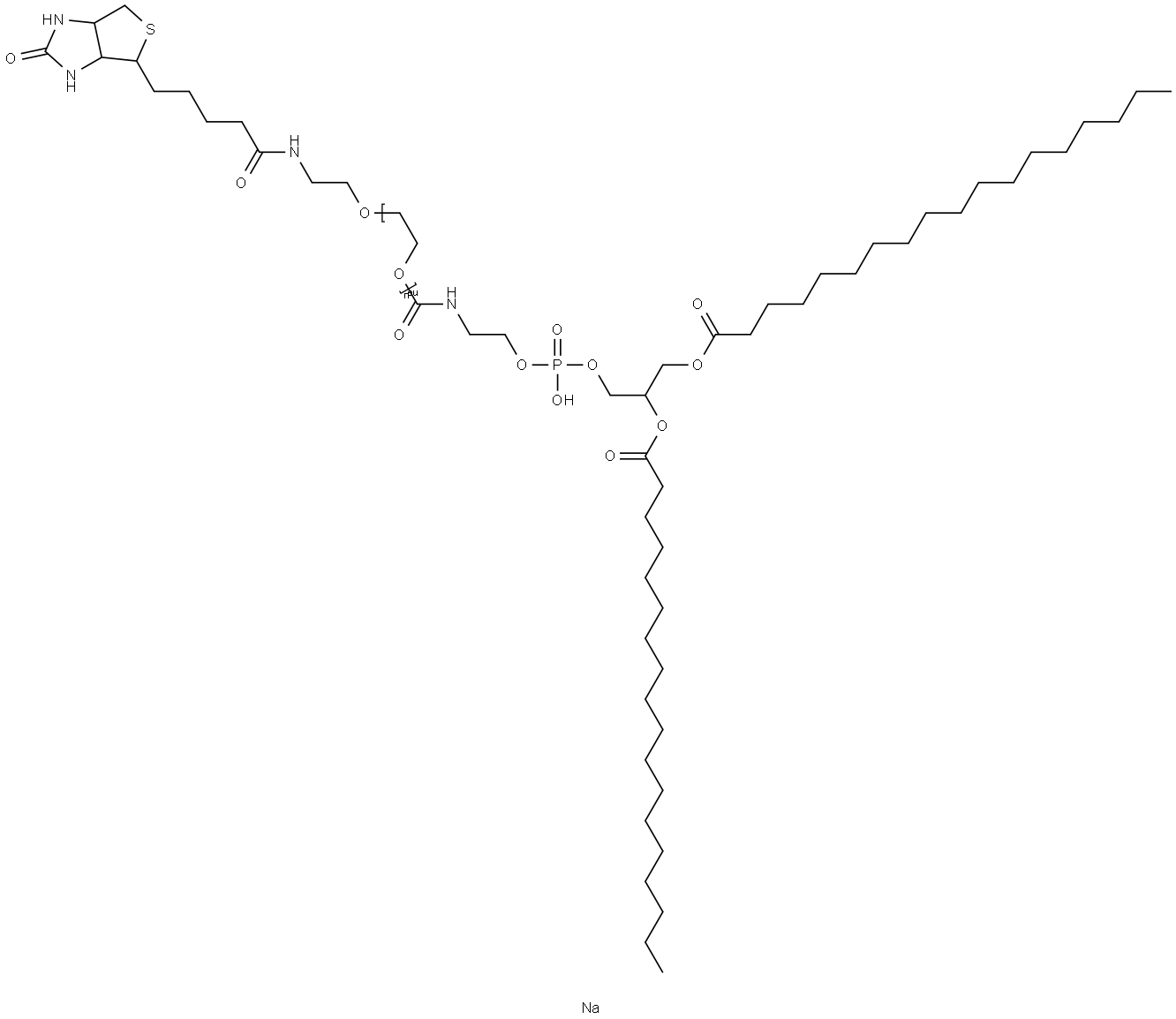
- Chemical Name:1,2-distearoyl-sn-glycero-3-phosphoethanolaMine-N-[biotinyl(polyethylene glycol)-2000] (aMMoniuM salt)
- CAS:385437-57-0
- MF:(C2H4O)nC54H101N4O12PS.Na
- Chemical Name:SH-PEG-SH
- CAS:
- MF:
- Structure:
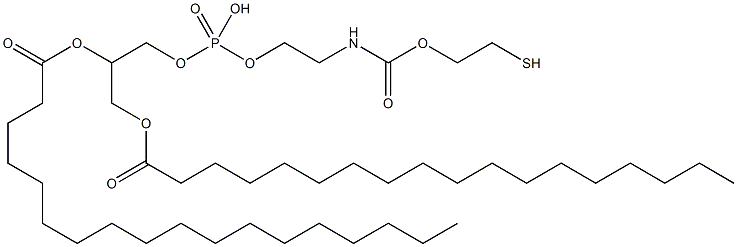
- Chemical Name:DSPE-PEG-SH
- CAS:1462982-18-8
- MF:C44H86NO10PS
- Structure:

- Chemical Name:endo-BCN-PEG8-NHS ester
- CAS:1608140-48-2
- MF:C34H54N2O14
- Chemical Name:SA-PEG-OH
- CAS:
- MF:
- Chemical Name:1,2-DISTEAROYL-PHOSPHATIDYLETHANOLAMINE-METHYL-POLYETHYLENEGLYCOL CONJUGATE
- CAS:
- MF:
- Chemical Name:SA-PEG-FITC
- CAS:
- MF:
- Chemical Name:PLA-PEG-MAL
- CAS:
- MF:
- Structure:

- Chemical Name:H2N-PEG-NH2
- CAS:24991-53-5
- MF:C4H12N2O
- Chemical Name:NHS-PEG-MAL
- CAS:
- MF:
- Structure:
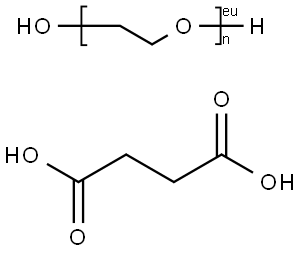
- Chemical Name:POLY(ETHYLENE GLYCOL SUCCINATE)
- CAS:37340-09-3
- MF:C4H6O4.x(C2H4O)nH2O
- Chemical Name:DSPE PEG Biotin
- CAS:740794-01-8
- MF:
- Chemical Name:CLS-PEG-NH2
- CAS:
- MF:
- Structure:

- Chemical Name:2-[2-[2-[2-[2-(BENZYLOXY)ETHOXY]ETHOXY]ETHOXY]ETHOXY]ETHANOL
- CAS:57671-28-0
- MF:C17H28O6
- Structure:
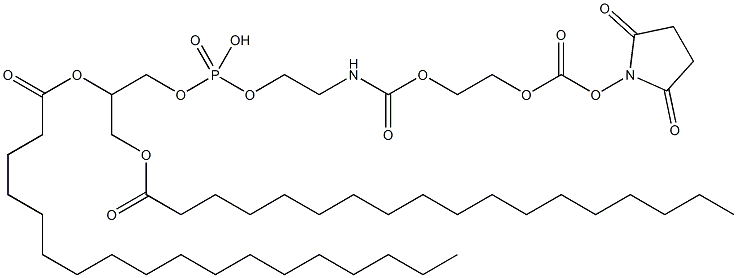
- Chemical Name:DSPE-PEG-NHS
- CAS:1445723-73-8
- MF:C49H89N2O15P
- Structure:

- Chemical Name:2,5,8,11,14,17-Hexaoxanonadecan-19-amine
- CAS:184357-46-8
- MF:C13H29NO6
- Structure:
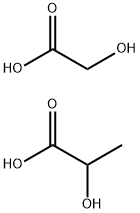
- Chemical Name:Propanoic acid, 2-?hydroxy-?, polymer with 2-?hydroxyacetic acid
- CAS:34346-01-5
- MF:C5H10O6
- Structure:

- Chemical Name:2,5-Dioxopyrrolidin-1-yl 3-(2-(3-(2,5-dioxo-2,5-dihydro-1H-pyrrol-1-yl)propanamido)ethoxy)propanoate
- CAS:1260092-50-9
- MF:C16H19N3O8
- Structure:

- Chemical Name:POLYETHYLENEGLYCOL 600 MONOOCTYL ETHER
- CAS:27252-75-1
- MF:(C2H4O)nC8H18O
- Structure:

- Chemical Name:MONO-METHYL POLYETHYLENE GLYCOL 5'000 2-MALEIMIDOETHYL ETHER
- CAS:99126-64-4
- MF:(C2H4O)nC7H9NO3
- Chemical Name:POLYETHYLENE GLYCOL MONOLAURATE N(=:)10
- CAS:31943-11-0
- MF:HO(CH2CH2O)nOC(CH2)10CH3
- Structure:

- Chemical Name:DIETHYLENE GLYCOL MONODECYL ETHER
- CAS:23238-41-7
- MF:C14H30O3
- Chemical Name:Durapak carbowax 400/porasil C
- CAS:
- MF:
- Chemical Name:Polyethylene glycol dioleate
- CAS:
- MF:
- Structure:

- Chemical Name:DIETHYLENE GLYCOL MONOLAURATE
- CAS:141-20-8
- MF:C16H32O4
- Structure:
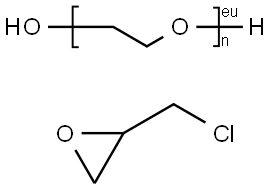
- Chemical Name:(chloromethyl)-oxiran reaction products with polyethylene glycol
- CAS:72207-80-8
- MF:(C3H5ClO.(C2H4O)nH2O)x
- Structure:
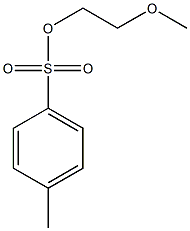
- Chemical Name:Polyethylene glycol monomethyl ether tosylate
- CAS:58320-73-3
- MF:C10H14O4S
- Structure:

- Chemical Name:POLY(ETHYLENE GLYCOL) DIVINYL ETHER
- CAS:50856-26-3
- MF:(C2H4O)nC4H6O
- Structure:

- Chemical Name:Polyethylene glycol mono(2-ethylhexyl) ether
- CAS:26468-86-0
- MF:C24H50O9
- Structure:

- Chemical Name:O,O'-BIS(3-AMINOPROPYL)POLYETHYLENE GLYCOL 1'500
- CAS:34901-14-9
- MF:(C2H4O)nC6H16N2O
- Structure:

- Chemical Name:Methoxypolyethylene glycol amine
- CAS:80506-64-5
- MF:C5H13NO2
- Structure:

- Chemical Name:C14E6
- CAS:5157-04-0
- MF:C26H54O7
- Chemical Name:POLYETHYLENE GLYCOL STEARYLAMINE
- CAS:
- MF:
- Structure:
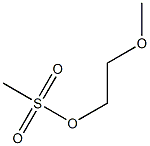
- Chemical Name:POLYETHYLENE GLYCOL 5'000 MONOMETHYL
- CAS:175172-61-9
- MF:C4H10O4S
- Structure:

- Chemical Name:Allyloxypolyethyleneglycol
- CAS:27274-31-3
- MF:(C2H4O)nC3H6O
- Chemical Name:Polyethylene glycol 1800
- CAS:
- MF:
- Chemical Name:Polyethylene glycol 15000
- CAS:
- MF:
- Chemical Name:Polyethylen glycol 1000
- CAS:
- MF:HOCH2(CH2OCH2)nCH2OH
- Structure:

- Chemical Name:POLY(ETHYLENE GLYCOL) METHYL ETHER METHACRYLATE
- CAS:26915-72-0
- MF:C13H24O6
- Structure:
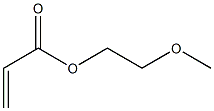
- Chemical Name:POLY(ETHYLENE GLYCOL) METHYL ETHER ACRYLATE
- CAS:32171-39-4
- MF:C6H10O3
- Structure:
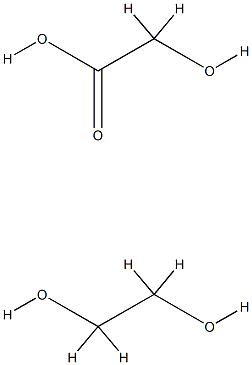
- Chemical Name:POLY(ETHYLENE GLYCOL) BIS(CARBOXYMETHYL) ETHER
- CAS:39927-08-7
- MF:C4H10O5
- Structure:

- Chemical Name:HEXAETHYLENE GLYCOL MONOHEXADECYL ETHER
- CAS:5168-91-2
- MF:C28H58O7
- Structure:

- Chemical Name:C10E3
- CAS:4669-23-2
- MF:C16H34O4
- Structure:

- Chemical Name:C18E3
- CAS:4439-32-1
- MF:C24H50O4
- Structure:

- Chemical Name:Polyoxyethylene dioleate ether
- CAS:9005-07-6
- MF:C38H70O4
- Structure:

- Chemical Name:Octaethylene Glycol Monomethyl Ether
- CAS:25990-96-9
- MF:C17H36O9
- Structure:
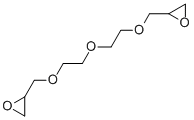
- Chemical Name:Diethylene glycol diglycidyl ether
- CAS:39443-66-8
- MF:C10H18O5
- Chemical Name:Thickening emulsifier agent M
- CAS:
- MF:
- Structure:
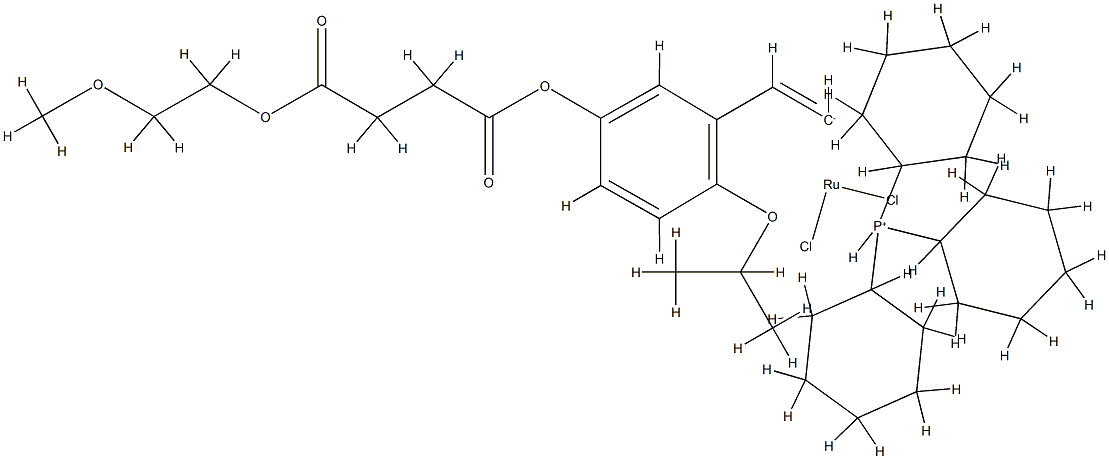
- Chemical Name:POLYETHYLENE GLYCOL-BOUND RUTHENIUM CARBENE COMPLEX
- CAS:321922-26-3
- MF:C36H57Cl2O6PRu
- Structure:

- Chemical Name:MONO-METHYL POLYETHYLENE GLYCOL 5'000 SUCCINATE N-SUCCINIMIDYL ESTER
- CAS:78274-32-5
- MF:(C2H4O)nC9H11NO6
- Structure:
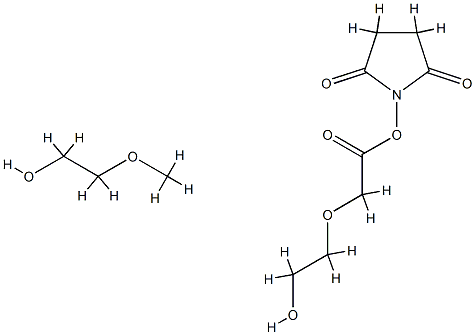
- Chemical Name:MONO-METHYL POLYETHYLENE GLYCOL 5'000ACETIC ACID N-SUCCINIMIDYL ESTER
- CAS:92451-01-9
- MF:C11H19NO8
- Structure:

- Chemical Name:POLY(ETHYLENE GLYCOL) 4-NONYLPHENYL 3-SULFOPROPYL ETHER, POTASSIUM SALT
- CAS:119438-10-7
- MF:(C2H4O)nC18H30O4S.K
- Structure:
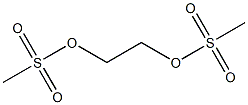
- Chemical Name:POLYETHYLENE GLYCOL 4000 DIMESYLATE
- CAS:52410-74-9
- MF:C4H10O6S2
- Structure:

- Chemical Name:Tetraethyleneglycol monooctyl ether
- CAS:19327-39-0
- MF:C16H34O5
- Structure:
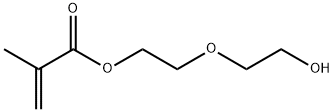
- Chemical Name:DIETHYLENE GLYCOL MONO-METHACRYLATE
- CAS:2351-43-1
- MF:C8H14O4
- Structure:

- Chemical Name:TETRAETHYLENE GLYCOL MONOTETRADECYL ETHER
- CAS:39034-24-7
- MF:C22H46O5
- Chemical Name:Macergo 8000
- CAS:
- MF:
- Structure:

- Chemical Name:Heptaethylene glycol
- CAS:5617-32-3
- MF:C14H30O8
- Chemical Name:Peginterferon alfa-2b
- CAS:215647-85-1
- MF:
- Structure:
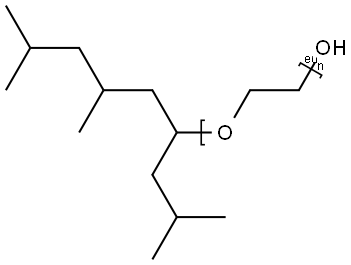
- Chemical Name:POLYETHYLENE GLYCOL TRIMETHYLNONYL ETHER
- CAS:60828-78-6
- MF:(C2H4O)nC12H26O
- Structure:

- Chemical Name:C10E5
- CAS:23244-49-7
- MF:C20H42O6
- Structure:

- Chemical Name:Tetraethyleneglycol monodecyl ether
- CAS:5703-94-6
- MF:C18H38O5
- Structure:

- Chemical Name:POLY(ETHYLENE GLYCOL) BUTYL ETHER
- CAS:9004-77-7
- MF:(C2H4O)nC4H10O
- Structure:

- Chemical Name:HEXAETHYLENE GLYCOL MONODECYL ETHER
- CAS:5168-89-8
- MF:C22H46O7